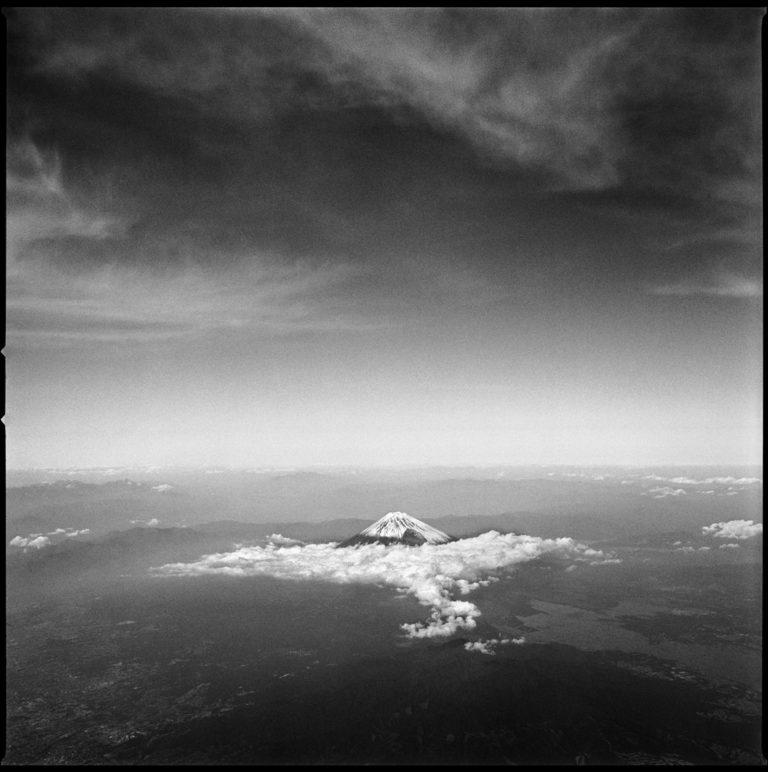Cellman
2003 - Painting (Painting)
200 x 200 x 5 cm
Fabrice Hyber
The works of Fabrice Hyber provoke divergent ways of thinking. In a kindred spirit with Raymond Hains, image and writing are intertwined. Drawings and diagrams are visually direct, as shown in the series of “Peintures Homéopathiques” (“Homeopathic Paintings”), collages covered in transparent resin (1986-1988). In Cellman (2003) on the bottom right, stones and the arrows refer to skipping stones of “thinking”. A recurring human figure, commonly associated with Hyber’s theatrical world, is shown in Cellman and also L’homme de Bessines (1990). The artist uses writing as an engine of formal and semantic associations (“galet, galette, cellman, bulle, cellule “). The figure recalls that the body is a collection of cells. Like in the work Artère, le jardin des dessins ( Artery, the garden of drawings, a monument commissioned by Sidaction, Parc de la Vilette, Paris), the artist captures the inner workings of the body through schemas.
In each of his self-portraits, Fabrice Hyber (he removed the last “t” in Hybert in 2004) is elusive. This has been expressed in the photo “C’est le moment de se préparer à de nouvelles expériences” (It’s time to prepare for new experiences) (1987), or when we look at the upside down, hanging by one foot in “Traduction, le plus gros savon du monde” (Translation, the biggest soap in the world) (1991). “I? am an alien! ” says the artist. “Games and shifts are the only things able to face any kind of fundamentalism. Trade, commerce, image and poetry are means of osmosis. Through them gradually you can set up all of the ways to increase life beyond death. It is necessary to mix time, upgrade products, and imagine that works die in order to be assimilated then revisited. A work is absolutely not precognitive but always from here” said Fabrice Hyber in conversation with Thierry Laurent. Fabrice Hyber was born in 1961 in Luçon, France. He lives and works in Paris.
Colors:
Other related works, blended automatically
» see more

© » KADIST
Fabrice Hyber
2003Drawing, which is the essential embodiment of Fabrice Hyber’s artistic thinking, is at the origin of all his works...
Related works sharing similar palette
» see more

© » KADIST
Miljohn Ruperto
2009Miljohn Ruperto’s silent video work Appearance of Isabel Rosario Cooper is an archive of ghosts...
Other works by: » Fabrice Hyber
» see more

© » KADIST
Fabrice Hyber
2003Drawing, which is the essential embodiment of Fabrice Hyber’s artistic thinking, is at the origin of all his works...
Related artist(s) to: Fabrice Hyber » Andrea Fraser, » Richard Long, » Amalia Ulman, » Angelika Markul, » Douglas Gordon, » Franz West, » James Lee Byars, » Julien Prévieux, » Lawrence Weiner, » Robert Filliou
» see more

© » KADIST
Andrea Fraser
2020The year 2016 is organized like a telephone book; the data corresponding to the contributions are classified in alphabetical order by the name of the donor...

© » KADIST
Douglas Gordon
1996In Monster (1996-97), the artist’s face becomes grotesque through the application of strips of transparent adhesive tape, typical of Gordon’s performance-based films that often depict his own body in action...

© » KADIST
Douglas Gordon
2004Douglas Gordon’s single-channel video The Left Hand Can’t See That The Right Hand is Blind, captures an unfolding scene between two hands in leather gloves—at first seemingly comfortable to be entwined, and later, engaged in a struggle...

© » KADIST
Douglas Gordon
2002Blind Spencer is part of the series “Blind Stars” including hundreds of works in which the artist cut out the eyes of Hollywood stars, in a symbolically violent manner...
Related works found in the same semantic group
» see more

© » SLASH PARIS
Jack Goldstein — La fulgurance de l’instant ou l’histoire fragmentée — Michèle didier Gallery — Exhibition — Slash Paris Login Newsletter Twitter Facebook Jack Goldstein — La fulgurance de l’instant ou l’histoire fragmentée — Michèle didier Gallery — Exhibition — Slash Paris English Français Home Events Artists Venues Magazine Videos Back Previous Next Jack Goldstein — La fulgurance de l’instant ou l’histoire fragmentée Exhibition Mixed media Upcoming Jack Goldstein, The Burning Forest, on marbled red and white vinyl, 1976 Courtesy Galerie michèle didier Jack Goldstein La fulgurance de l’instant ou l’histoire fragmentée In 17 days: February 29 → May 4, 2024 Jack Goldstein (1945, Montréal — 2003, San Bernardino) est peintre et également auteur de films, d’enregistrements sur disques vinyles et de poèmes...






